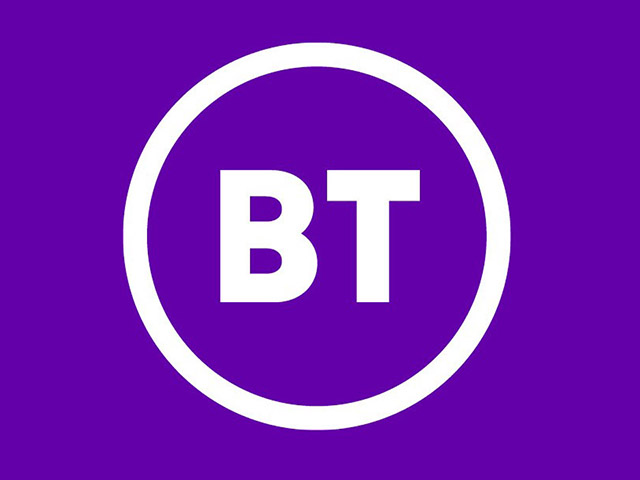How to respond to the rapid rise of digital workplace transformation
By Industry Contributor 24 July 2020 | Categories: feature articles
By Andrew Small, Digital Solutions Director at BT
Digital transformation is now a strategic priority for businesses of almost every size and type. In fact, a recent survey by Gartner revealed that 74% of CFOs intend to shift some employees to remote work permanently. This urgency is accelerating adoption, as well as budget requests.
SMEs may have found the journey to a digital workplace quicker and easier to navigate – as they’re naturally more agile. But for larger and multinational corporations, adapting to this sudden change presents a number of complications, including geography, legacy infrastructure and vast employee bases. All of which need to be brought up to speed rapidly if they’re to maintain productivity.
Times are changing, challenges aren’t
How do you give employees across multiple global locations a consistent digital experience? How do you make sure your global network, with its multitude of legacy systems and infrastructures, can support digital connectivity? How do you encourage a multinational employee base, probably used to widely varying platforms, to adopt new technologies?
These challenges were troubling big organisations before the pandemic, and they’re just as relevant now. So, at a time when lengthy and complicated migration programmes simply aren’t possible, how can you deliver a smooth transition to a managed platform that cuts costs, optimises operations and delivers productivity gains – at scale and at speed?
Meeting your challenges head on
If you’re going to benefit from digital workplace transformation without placing extra pressure on already over-burdened IT departments, you need simpler solutions that deliver:
- Seamless migration to the cloud without disruption or risk
- Cutting-edge mobile tools and collaboration services
- Managed adoption for your users
- Reduced costs, improved productivity and rapid ROI
- Flexibility to grow with your needs and demonstrate long-term value
And find a reliable partner that can help you meet all these challenges.
Flexibility and choice, without disruption and risk
For best practice to an integrated approach to migration means that multiple technologies, legacy systems, and varied infrastructure can be easily managed to create a single, seamless, secure global structure that optimises operations and repays your investment quickly.
With this, your chosen ICT partner should be able to help you connect smoothly and securely to the collaboration applications, data and third-party cloud providers you need to support your continued operations – and across your national/multinational business footprint. Additionally, look to partner with a provider that can use all the knowledge and expertise they’ve gained from defending their own network and corporate assets to help you secure yours.
It’s only as good as your people think it is
One of the major keys to success is actively helping your people make the most of collaboration and digital services.
By using an adoption management approach that focuses on a persona methodology ensures that each member of your workforce gets the tools they need to improve productivity. And the support they need to use them effectively.
Research shows employees already have 6-8 collaboration tools, yet businesses fail to see the promised productivity gains. This is where your ICT partner should be advising you based on the tools that are fit for purpose and will be embraced by your users.
Another key component is keeping the user experience consistent across the entire platform, with a choice of vendors as part of your ecosystem. This means you can tailor the experience for each user. And by using standard APIs, you don’t have to waste time on integration.
Helping you create a compelling business case
Unified communications should help your teams work smarter, not harder. And it should be cost-efficient, not cost-prohibitive. So, look to partner with an ICT provider that is able to offer you an innovative commercial model, which means that you can manage costs as users migrate to new platforms. For example, a single global price per user allows you to predict costs and you can flex up and down on user numbers, so you only pay for what you use. This means you can realise and demonstrate a quicker return on investment, showing a clearer view of the value and a stronger business case for future transformation.
Driving more value through better user experience
In short, global organisations need to be able to flawlessly migrate to a digital workplace, get rapid uptake from their users and demonstrate the value of the investment as quickly as possible. And, with the right ICT partner that is able to deliver solutions that support rapid adoption, a fantastic user experience and rapid returns, you could be saving money up to 80% faster.
Most Read Articles

Have Your Say
What new tech or developments are you most anticipating this year?



